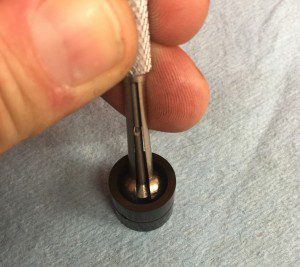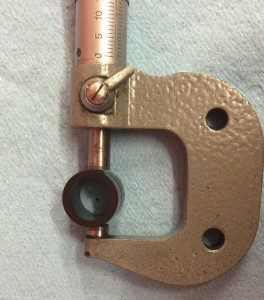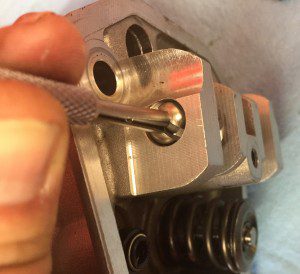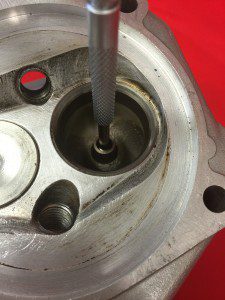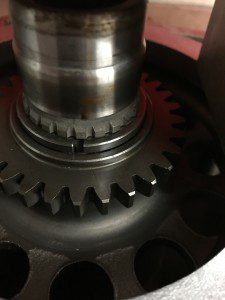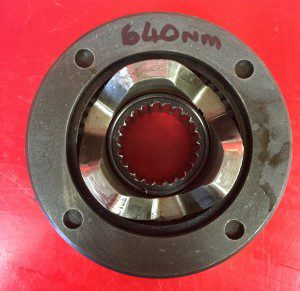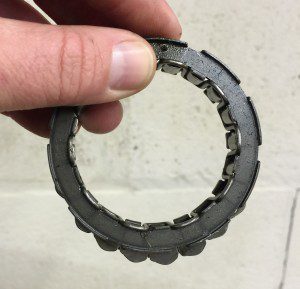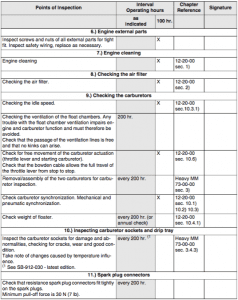Rotax 912 series servicing.
100hr inspection;
- General visual inspection of the engine for damage or abnormalities. Check cooling air duct and cooling fins of the cylinders for obstruction, cracks, wear and good condition. Take note of changes caused by temperature influence.
- Visual inspection of the temperature sensor and the oil pressure sensor. Inspect for tight fit and good condition.
- Inspect all coolant hoses for damage, including leak- age, hardening from heat, porosity, loose connections and secure attachment. Verify routing is free of kinks and restrictions.
- Carry out visual inspection of leakage bore at the base of the water pump for signs of leakage.
- Inspect the expansion tank for damage and abnormalities. Check coolant level, replenish as necessary. Inspect radiator cap. Inspect protection rubber on expansion tank base for correct fit.
- Inspect the overflow bottle for damage and abnormalities. Verify coolant level, replenish as necessary. Inspect line from expansion tank to overflow bottle for damage, leakage and clear passage. Inspect venting bore in cap of overflow bottle for clear passage.
- Inspect all oil lines for damage, leakage, hardening from heat, porosity, security of connections and attachments. Verify routing is free of kinks and restrictions.
- Inspect all fuel lines for damage, leakage, hardening from heat, porosity, security connections and attachments. Verify routing is free of kinks and restrictions. In the case of steel fuel lines (912 F, 912 S and/or optional), also check for any cracks and/or scuffing marks.
- Inspect the wiring and its connections for secure fit, damage and signs of wear.
- Change & Check the oil filter for damage, tightness and abnormal wear.
- Check the magnetic plug.
- Inspect engine suspension and fasteners for secure fit, including damage from heat, deformation, cracks.
- Inspect suspension and fasteners for secure fit, including damage from heat, deformation, cracks.
- Inspect screws and nuts of all external parts for tight fit. Inspect safety wiring, replace as necessary.
- Engine cleaning
- Checking the air filter.
- Checking the idle speed.
- Checking the ventilation of the float chambers. Any trouble with the float chamber ventilation impairs engine and carburetor function and must therefore be avoided. Check that the passage of the ventilation lines is free and that no kinks can arise.
- Check for free movement of the carburetor actuation (throttle lever and starting carburetor). Check that the bowden cable allows the full travel of the throttle lever from stop to stop.
- Check carburetor synchronization. Mechanical and pneumatic synchronization.
- Remove all spark plugs, check the heat range designation, clean, check electrode gap and adjust if necessary. Replace as required.
- Check the friction torque in free rotation on gearboxes with overload clutch.
- Drain oil from oil tank.
- Remove old oil filter from engine and install new oil filter.
- Cut old oil filter without producing any metal chips and inspect following components for wear and/or missing material
- Refill oil tank with approx. 3 litres of oil. For oil quality, see Operators Manual and SI-912 -016, latest edition.
- Verify oil level, replenish as necessary.
- On configurations with auxiliary generator, check the attachment and the V-belt tension.
- Inspection of turning of the crankshaft. For all engines with crankcase up to S/N 27811 inclusive.
- Start the engine and run to operating temperature & check magneto drop off.
200hr service everything in the 100hr service plus
- Check the compression by the differential pressure method.
- Checking the ventilation of the float chambers. Any trouble with the float chamber ventilation impairs engine and carburetor function and must therefore be avoided. Check that the passage of the ventilation lines is free and that no kinks can arise.
- Removal/assembly of the two carburetors for carburetor inspection.
- Check weight of floater.
- Inspect the carburetor sockets for damage and ab- normalities, checking for cracks, wear and good condition.
- Check that resistance spark plug connectors fit tightly on the spark plugs. Minimum pull-off force is 30 N (7 lb).
- Replacing spark plugs.
- Check the oil tank and clean the oil tank if contaminated.
600hr includes everything above plus;
- Checking the propeller gearbox without overload clutch.
- Gearboxes with overload clutch - use of leaded fuel more than 30% of operation. Inspect overload clutch.
1000hr includes everything above plus;
- Checking the propeller gearbox with overload clutch. only for engine type 912 S/ULS/ULSFR

